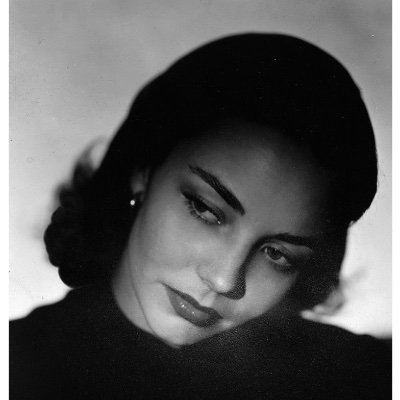
- Starring
- Joan Crawford, Clark Gable, Franchot Tone
- Writers
- Allen Rivkin, P.J. Wolfson
- Director
- Robert Z. Leonard
- Rating
- n/a
- Running Time
- 92 minutes
Overall Score
Rating Summary
The Hollywood blockbusters of the early 1930s largely avoided directly addressing the impact that Great Depression had on ordinary American citizens but the economic desperation that defined the era did serve as a backdrop to several notable blockbusters. Audiences were hungry for escapist entertainment that would allow them to fantasize about living among the idle rich. Producers met their demands by greenlighting dozens of lavish musicals and period pieces, which often focused on ambitious working women who were forced to compromise their values while attempting to ascend into a higher social class. They questioned the social mores of the era and deconstructed the myth of the American Dream but still managed to get away with waving materialistic pleasures in our faces. When watched today, this sort of commercial fare often packs a stronger punch than the socially conscious melodramas that picked up armloads of awards back in the day.
Dancing Lady captures the mood of the moment by capitalizing on the image of its leading lady. Joan Crawford was the ultimate lower-class striver in the eyes of the American public and her difficult childhood and unexpected rise to prominence had been widely covered by the media. The tension between her proletarian origins and her efforts to present herself as a glamorous sexpot took center stage in most of her star vehicles and allowed her to integrate social commentary into films that were unfairly dismissed as shallow vanity projects upon first release.
Dancing Lady sees Crawford play Janie Barlow, a stripper with aspirations of becoming a professional Broadway hoofer. One night she encounters Tod Newton (Tone), a wealthy socialite, who begins romantically pursuing her. He secures her a part in a Broadway musical by paying off stage manager Patch Gallagher (Gable). Barlow quickly falls under the spell of her gruff employer and finds herself losing interest in her rich suitor. Gallagher’s decision to offer Barlow a major promotion causes her fellow dancers to turn against her. Her colleagues begin to treat her with disdain and she seriously considers putting her career on hold in order to become Newton’s trophy wife. When Newton withdraws funding for the stage production, Gallagher steps in as a producer and convinces Barlow to return to the stage.
The film’s tone varies wildly from scene to scene and it ends up functioning as an anthology film of sorts. A sensible screenwriter would have determined that the Three Stooges probably didn’t fit into a romantic melodrama about a woman torn between love and financial security. Fortunately, the horde of screenwriters who put in a day’s work on the film didn’t make any attempt to put forward a cohesive vision for the project. It shouldn’t work but its schizophrenic approach to storytelling ends up paying dividends. Viewers know that they are going to be greeted with something weird and wonderful in every new scene and the film ends up playing like a sampler of the most influential directorial aesthetics of 1933. With Dancing Lady, director Robert Z. Leonard weaves in homages to the works of Busby Berkeley and Ernst Lubitsch and they serve as highly entertaining simulacra of the real thing.
It should also be noted that Crawford and Gable have the sort of red-hot chemistry that was given the freedom to flourish during the Pre-Code era. The screenplay is replete with thinly veiled sexual innuendos and Crawford never misses an opportunity to glance at Gable with lascivious intent. It’s almost refreshing to see Crawford let her guard down and relax in the presence of a scene partner, instead of regarding them as an adversary or a ninny who can be easily manipulated. She and Gable share an easy rapport and they succeed in holding our attention for ninety minutes. Their charisma is so powerful that they leave you feeling nostalgic for the period in which movie stars were larger than life monoliths.
Dancing Lady proves that they just don’t make ‘em like they used to and it’s unlikely that the A-listers of the 2020s will ever attain the cultural cachet that Crawford and Gable possess.
still courtesy of MGM
If you liked this, please read our other reviews here and don’t forget to follow us on Twitter or Instagram or like us on Facebook.

I am passionate about screwball comedies from the 1930s and certain actresses from the Golden Age of Hollywood. I’ll aim to review new Netflix releases and write features, so expect a lot of romantic comedies and cult favourites.
Discover more from
Subscribe to get the latest posts sent to your email.
